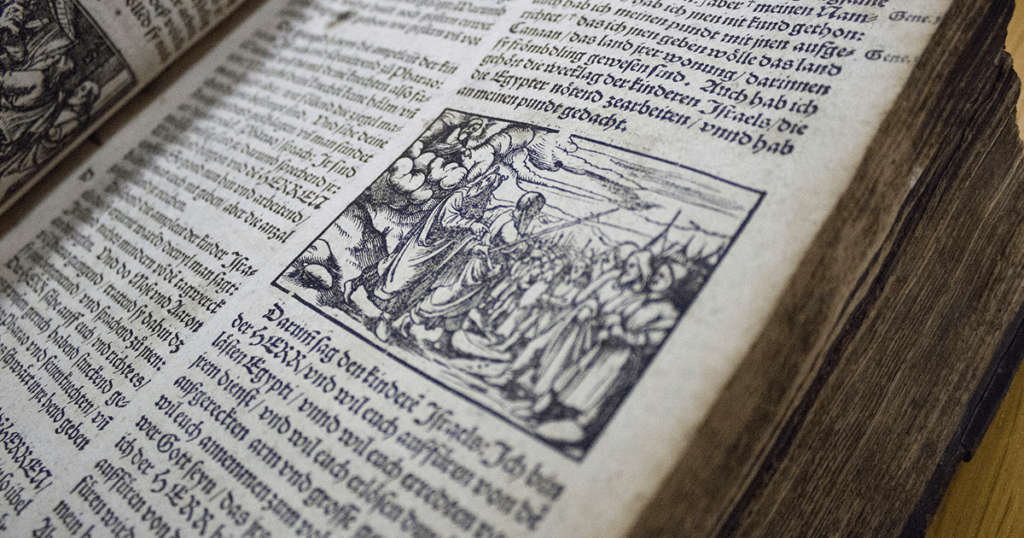
Henry is the older man who gets his radiation treatment right before me. He’s thin, and enters with either a couple or a single man at his side. If it’s a couple, the woman wears a long skirt and kerchief, which suggests she’s Mennonite.
This morning, though, Henry is accompanied by a well-built man I’ve never seen before. He wears a cap with the logo of an auto parts company on it.
I ask Henry whether he’s doing just radiation or also chemotherapy.
“I’m doing both,” he says. “The radiation is for my lungs, and the chemo is for this big tumor on my hip.” He’s still smiling when the technician welcomes him, and they disappear to the clack of Henry’s walker on the polished floor.
That’s when I turn to the man with the auto parts cap. He’s sitting by the window and has not picked up any issues from a pile of what look like travel and garden magazines—almost all of them are actually about cancer.
“Are you Henry’s son?” I ask.
“No, I’m just a member of the church. We take turns driving Henry here and back for his treatments.”
“Are you Mennonite?”
He nods.
“Do you live in Seminole?”
“There are lots of us down there.”
“Still coming in from Mexico?”
“Yes, we are.”
“Do you speak Spanish?”
“Sure. I was born in Mexico.”
“What about German?”
“Low German,” he says, and smiles. “Only Low German.”
“Have you ever been to Canada?”
He doesn’t seem surprised that I’d ask him that. “I have family up there.”
But then I say something that I think will give him pause. “I’m sorry about the persecution.”
His smile, though, doesn’t change. I’m sure he knows now I’ve seen the etchings in what is known as The Bloody Theater, a 17th-century collection of stories about the tortures Mennonites, and their progenitors the Anabaptists, suffered at the hands of Roman Catholics and even their fellow Protestant Reformers.
Every horror imaginable is depicted in this book—men, women, and children strangled, drowned, beheaded with hammer and chisel, crucified and set upon by emaciated dogs, and burned alive en masse until their bowels burst. The worst etching, for me, though, was the image of an Anabaptist preacher having his tongue nailed to the roof of his mouth. All because he believed individuals should accept Christ as adults rather than as infants.
The book is so treasured by Mennonites that it is often set on the mantle in a living room or given as a wedding present.
About that time, Henry’s walker clacks, and he re-enters the room. The technician motions me to follow him now. I’m almost finished. Ten more sessions, and I’ll be cured. I don’t know about Henry, though.
Justice is blind. Maybe it shouldn’t be.

